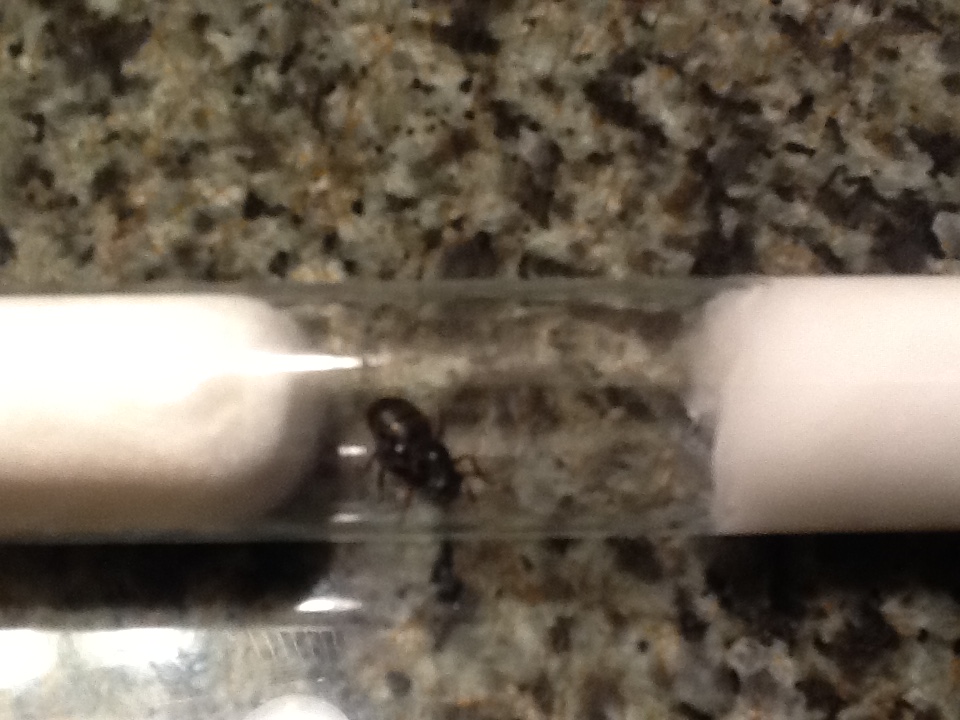
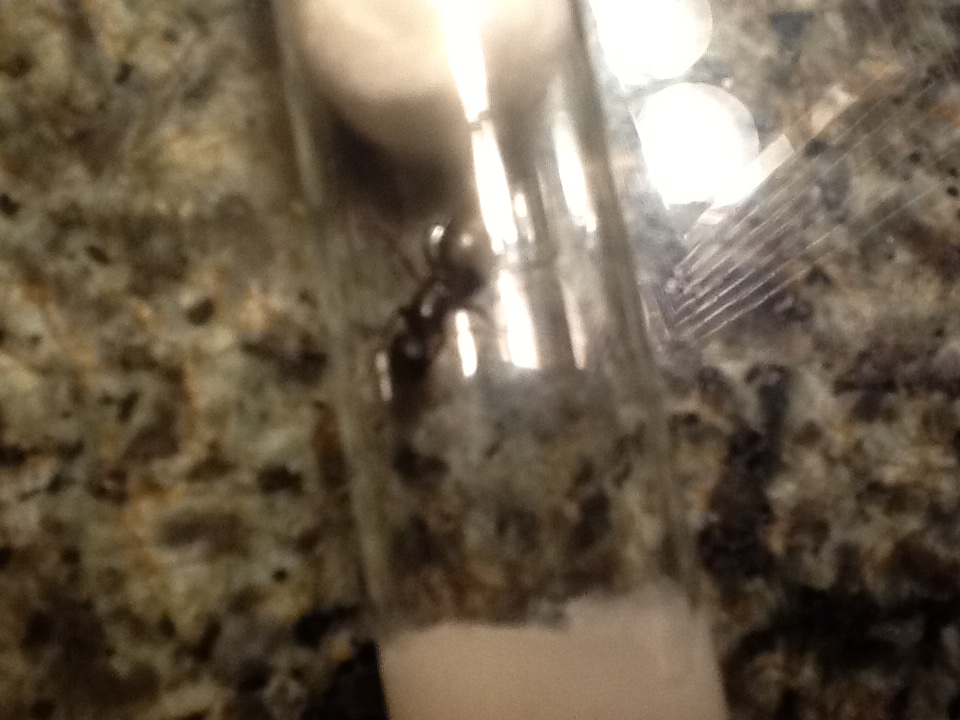
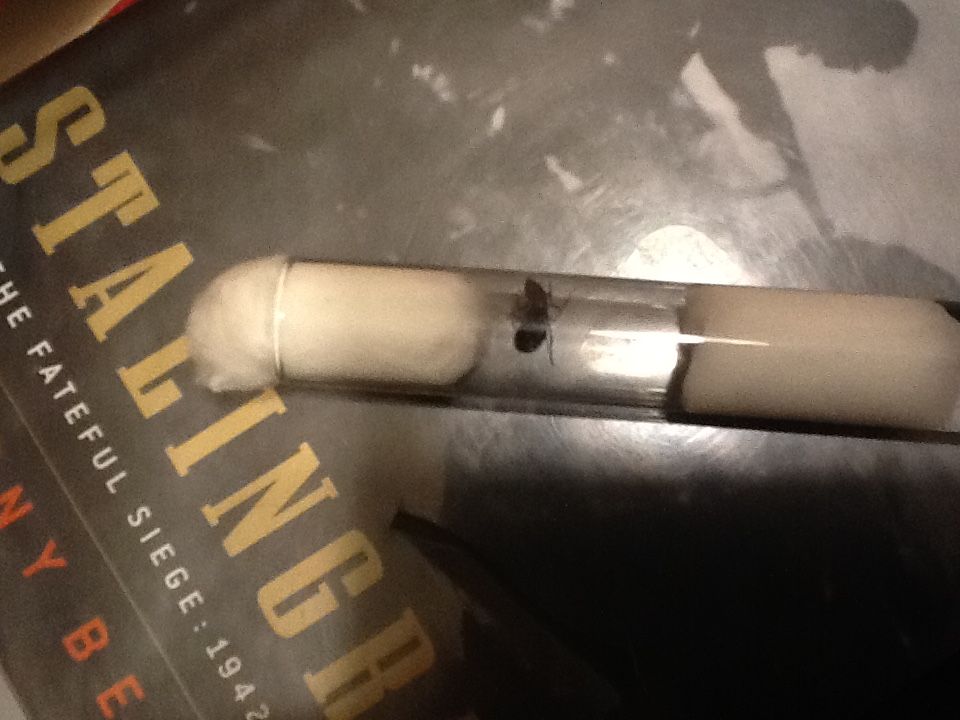
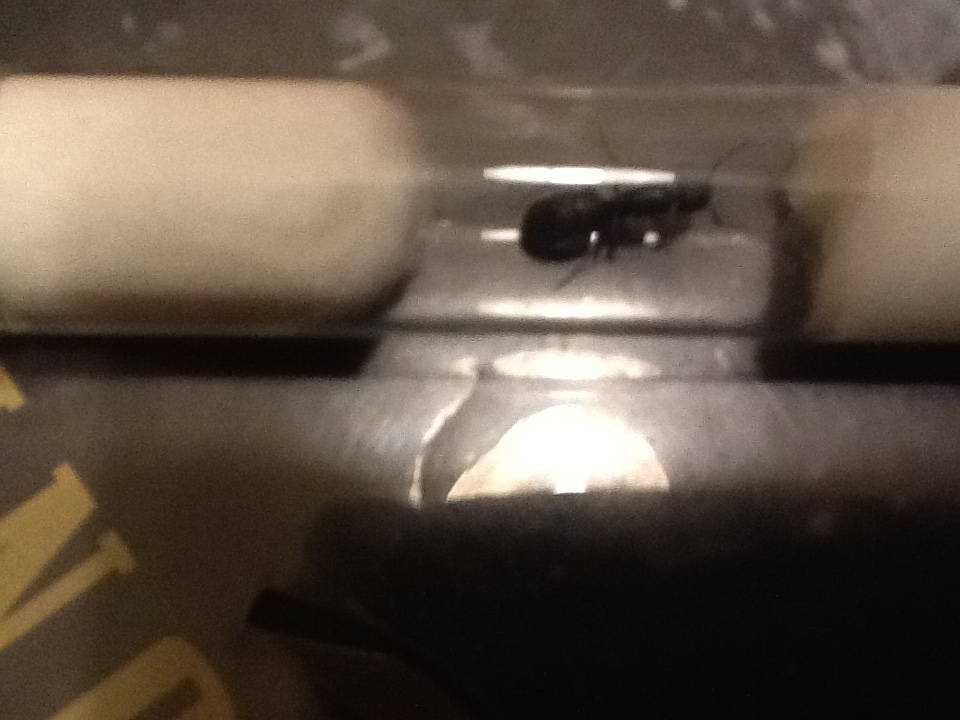
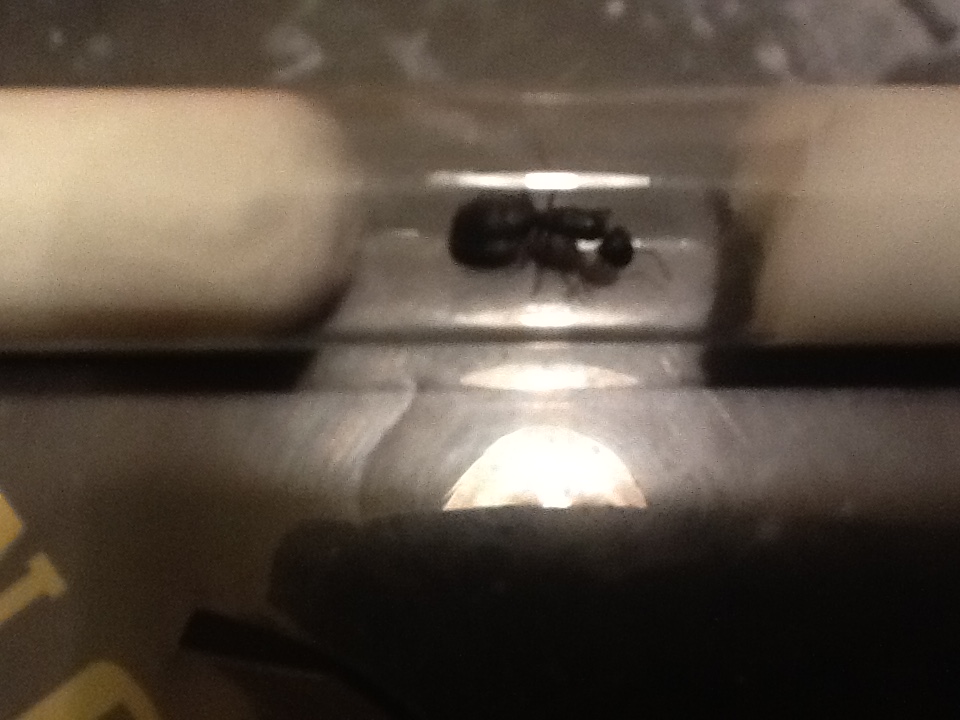






Camponotus Pennsylvanicus IMO. The color and shape of the thorax is what I'm basing it off.
You're so lucky! I'm jealous! I found one a few weeks ago and I actually had it in my hand for a while, but I couldn't capture it because my testube was inside. I asked my 5 yr old to watch the queen in the mulch while I got a container indoors. When I returned, she pointed to her left and excitedly reported that "it flew that way"!
Prenolepis Imparis
Tetramorium Sp. E
Crematogaster
Brachymyrmex Sp.
Lasius Claviger
Camponotus modoc is a pretty safe guess, as coloration is not always a safe indicator. Camponotus laevigatus is a close contender. You can always key a deceased worker someday to get a confirmation.
Edited by Batspiderfish, June 14 2016 - 6:11 PM.
If you've enjoyed using my expertise and identifications, please do not create undue ecological risk by releasing your ants. The environment which we keep our pet insects is alien and oftentimes unsanitary, so ensure that wild populations stay safe by giving your ants the best care you can manage for the rest of their lives, as we must do with any other pet.
Exotic ants are for those who think that vibrant diversity is something you need to pay money to see. It is illegal to transport live ants across state lines.
----
Black lives still matter.
Actually, does the queen look really hairy? Particularly white hairs on the top of the head and thorax? Definitely not Camponotus modoc if so.
Edited by Batspiderfish, June 14 2016 - 6:16 PM.
If you've enjoyed using my expertise and identifications, please do not create undue ecological risk by releasing your ants. The environment which we keep our pet insects is alien and oftentimes unsanitary, so ensure that wild populations stay safe by giving your ants the best care you can manage for the rest of their lives, as we must do with any other pet.
Exotic ants are for those who think that vibrant diversity is something you need to pay money to see. It is illegal to transport live ants across state lines.
----
Black lives still matter.
This quite likely Camponotus modoc. I've spent years with both species, and the dull silvery-black of C. modoc is unmistakable in comparison to the dark and shiny C. laevigatus.
You mean matte vs glossy.
Sorry - yes.
Well my guess was completely off. Good find though!
You mean matte vs glossy.
Sorry - yes.
What I've noticed, is their gasters are always striped, alternating glossy and matte, like the gasters of Formica usually are.
You mean matte vs glossy.
Sorry - yes.
What I've noticed, is their gasters are always striped, alternating glossy and matte, like the gasters of Formica usually are..
Is this the same for the workers? I've noticed my workers have an almost translucent ring around their gasters.
Nice!
You mean matte vs glossy.
Sorry - yes.
What I've noticed, is their gasters are always striped, alternating glossy and matte, like the gasters of Formica usually are..
Is this the same for the workers? I've noticed my workers have an almost translucent ring around their gasters.
Well you might be seeing something that you see in almost all ants when their gasters expand. The terga separate and the membrane in between them is translucent. What I was describing is the actual gaster terga.
0 members, 1 guests, 0 anonymous users